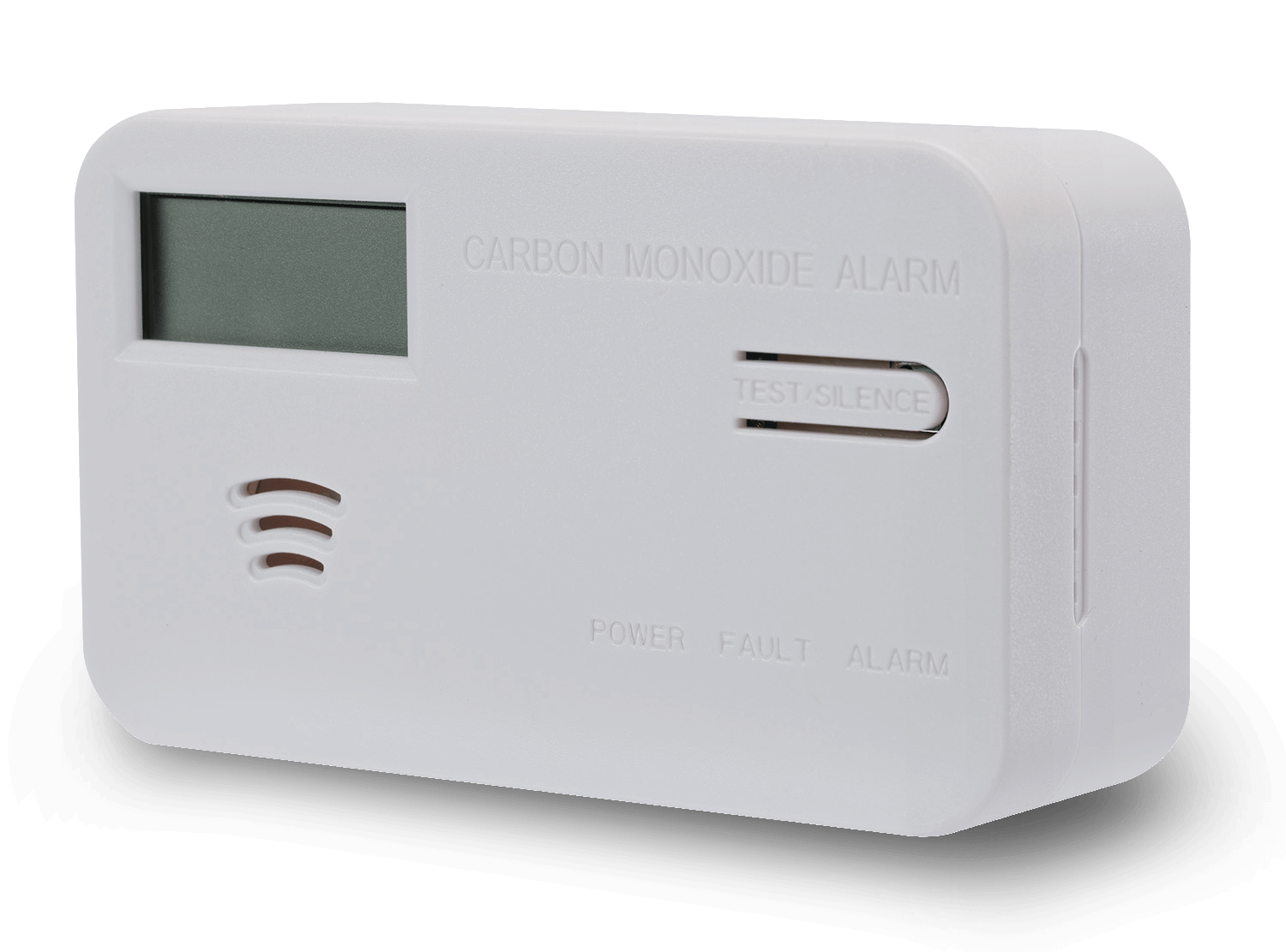Blocked drains are one of the most common household plumbing issues, often causing frustration and inconvenience. Whether it’s a slow-draining sink, a blocked shower, or a completely clogged toilet, a blocked drain can disrupt daily life. Fortunately, with a little know-how and the right tools, most blockages can be cleared quickly and easily without the need for a professional plumber. Here's a guide on how to unblock a drain effectively and safely.
1. Boiling Water
Sometimes, the simplest solution works best. If you’re dealing with a minor blockage in a kitchen sink or bathroom basin, pouring boiling water down the drain may help clear it. Boiling water helps to dissolve grease, soap scum, and minor food particles. Simply boil a kettle of water and pour it slowly down the drain in stages, allowing the water to sit for a few seconds between each pour. This method works particularly well for clogs caused by grease or fat buildup.
2. Baking Soda and Vinegar
For a more natural approach, try using baking soda and vinegar to break up blockages. This combination creates a fizzing reaction that can help dislodge dirt and grime. Here’s how to do it:
- Pour about half a cup of baking soda down the drain.
- Follow it with half a cup of white vinegar.
- Cover the drain with a plug or cloth to keep the fizz inside the pipe.
- Wait for 10–15 minutes and then flush the drain with hot water.
This method can be particularly useful for minor blockages in sinks or showers and is an eco-friendly alternative to chemical drain cleaners.
3. Plunger
A plunger is one of the most effective tools for clearing a blocked drain. It creates suction that can help shift stubborn blockages, particularly in toilets, sinks, and bathtubs. Here's how to use a plunger effectively:
- Ensure there's enough water in the sink or toilet to cover the plunger’s rubber cup.
- Place the plunger over the drain, ensuring it forms a good seal.
- Push down hard, then pull up sharply. Repeat this several times to create enough suction to loosen the blockage.
- Once the water begins to drain, flush the system with hot water to clear any remaining debris.
4. Drain Snake or Auger
If the blockage persists, a drain snake (also known as a plumbing auger) is a great tool to reach deeper blockages that are out of reach. A drain snake is a long, flexible coil that can be pushed down the drain to break up or pull out blockages. Here’s how to use one:
- Insert the end of the snake into the drain and begin feeding it down slowly.
- When you feel resistance, begin turning the handle to break up the clog or hook it.
- Pull the snake back out slowly, cleaning off any debris as you go.
- Flush the drain with hot water to clear any remaining particles.
5. Chemical Drain Cleaners (Use with Caution)
Chemical drain cleaners can be effective in clearing stubborn clogs, but they should be used as a last resort. Caustic chemicals can damage pipes over time and can be hazardous to your health if not used correctly. If you choose to use one, always follow the manufacturer's instructions carefully, and avoid mixing different types of chemicals. Wear gloves and protective eyewear for safety, and ventilate the area properly.
6. Preventative Maintenance
Once you’ve successfully unblocked the drain, it’s important to keep it clear to prevent future blockages. Regular maintenance can help ensure your drains remain clear:
- Avoid pouring grease or food scraps down the kitchen sink. Use a strainer in sinks and bathtubs to catch hair and debris.
- Run hot water through your drains weekly to help clear buildup.
- Consider using an enzyme-based cleaner for regular cleaning—these products help break down organic matter without causing damage to your pipes.
When to Call a Professional
While most minor blockages can be cleared with the methods above, some situations require the expertise of a professional plumber. If you’ve tried everything and the blockage persists, or if you notice sewage smells, gurgling noises, or slow drainage in multiple fixtures, it’s time to call in a professional. Plumbing issues like tree root intrusions or pipe damage may be at play, and a plumber can diagnose and fix the problem safely.
Conclusion
Unblocking a drain doesn’t have to be complicated. With the right tools and techniques, you can often tackle the issue yourself. Whether it’s a quick fix with boiling water or a more hands-on approach with a plunger or drain snake, these methods can restore normal flow in your pipes. However, if the blockage persists or you’re uncertain about handling the issue, don’t hesitate to call a professional plumber to ensure the job is done safely and effectively.

